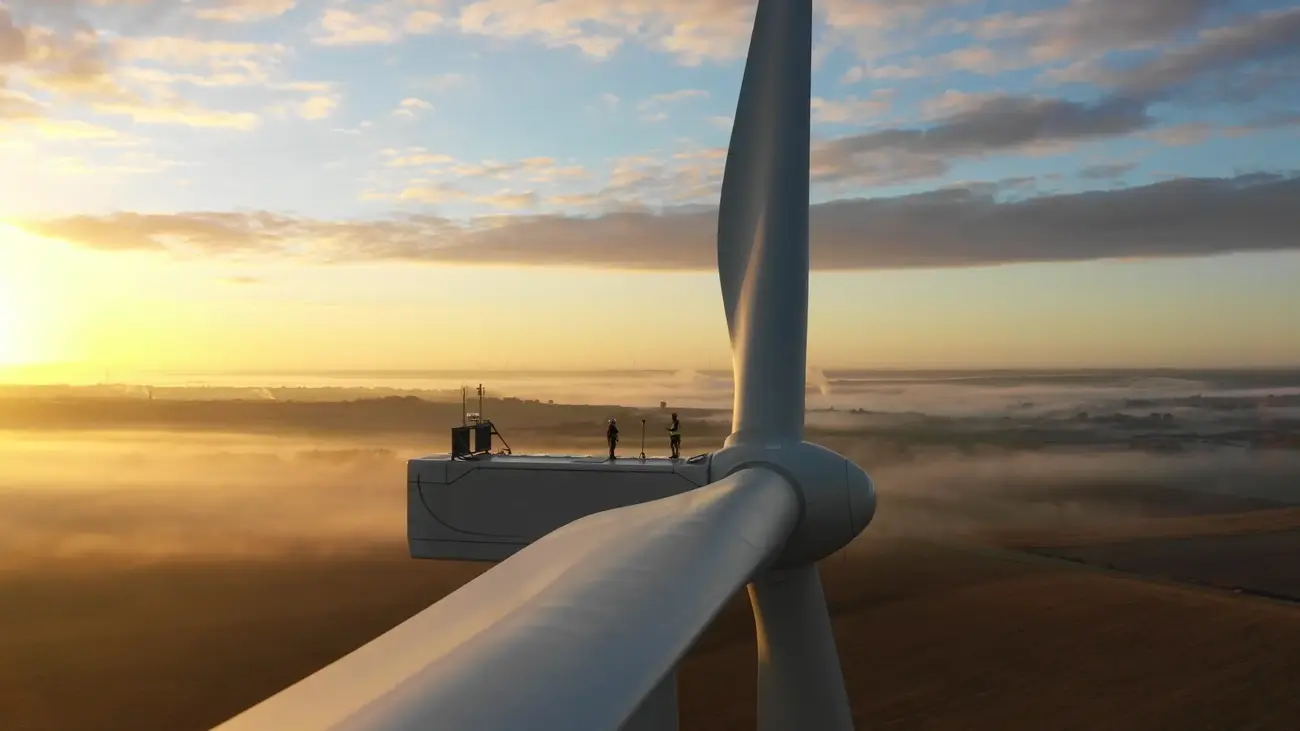The Carbon Footprint Reduction (CFR) team, created in 2019 in TotalEnergies’ Exploration & Production branch, mobilizes the technical expertise at the CSTJF to accompany the reduction of CO₂ and methane emissions in the affiliates. An interview with Cécile Coudroy, Head of Coordination and Communication on CFR projects.

By 2025, TotalEnergies total greenhouse gas emissions (on operated assets) should drop below the 40-million-ton threshold, compared with 46 million tons emitted in 2015. "To reduce greenhouse gas emissions, we need to change our mindset and the way we operate", explains Cécile Coudroy. "The CFR team acts on three major levers - flaring, methane and energy efficiency - and each one has its own roadmap and objectives". My job is to coordinate the reporting of all the CFR projects from all E&P affiliates, and to ensure the CFR correspondents on sites deploy the Company’s zero carbon strategy. I’m also responsible for low-carbon culture communication in the Exploration & Production branch: that means putting all the useful information for our CFR community on a Sharepoint site, organizing a webinar once a month, where we focus on our affiliates’ achievements, sending out a monthly newsletter containing the latest useful information and being the relay for all inhouse and external communication on CFR".

Producing responsibly
The first lever is to progressively eliminate flaring, which involves burning the excess gas produced as part of the oil or natural gas production process. Why does flaring need to be reduced? "Because it generates CO₂ and methane emissions into the atmosphere, and these are two gases that contribute to global warming and therefore threaten the Earth’s balance. We have pledged to totally eliminate our continuous routine flaring on all our operated facilities by 2030". How can it be reduced? "By modifying the oil and gas effluent treatment schemes so that the gas can be recovered, transported and valorized. A solution already implemented in 2023 in Nigeria and in Denmark, where routine flaring has been fully eliminated. A further step will be to eliminate safety flaring by installing closed flares: A new design that can be used to maintain the flare’s safety function, but without a pilot, 365 days a year, if no incidents are detected."

Reducing methane emissions
Reducing flaring has a positive impact on the quantity of methane released into the atmosphere, but there are other sources of methane that need to be detected and eliminated. "Moreover, TotalEnergies has developed innovative solutions to improve methane detection and quantification, using drones equipped with sensors that regularly fly over the different sites (AUSEA). It involves converting more and more items of natural-gas operated equipment to electricity or compressed air."
Optimizing our energy efficiency
That’s our third lever and it focuses on fuel gas emissions reduction but also on liquid fuel and Scope 2 emissions. "We ask all our sites to implement an Energy Management System using a document that inventories all the energy consumers on the site, coupled with an action plan". Then technical specialists visit the sites to analyze the energy consumption of each item of equipment (pumps, compressors, diesel engines, power generators, etc.), run simulations and find solutions that use less energy. What’s the priority? "To identify simple solutions that are easy to implement so that we can rapidly reduce our emissions: for example, it involves distributing the energy requirements of equipment so that a turbo-generator can be switched off". At a later stage, each site must plan projects with greater investments, from replacing compressors to the electrification of equipment, and connecting facilities to a fully-renewable or hybrid energy source, making them greener.
"This approach urges the business lines to ask new questions, and think about other ways of producing," Cécile Coudroy concludes. "Today, we no longer operate sites focusing only on maximizing production, we also take into account carbon intensity and energy efficiency, even if this means sometimes closing some wells with too high carbon intensity."

Climate and Sustainable Energy
TotalEnergies leads the transformation of the energy model to contribute to the fight against climate change and meet the needs of populations.